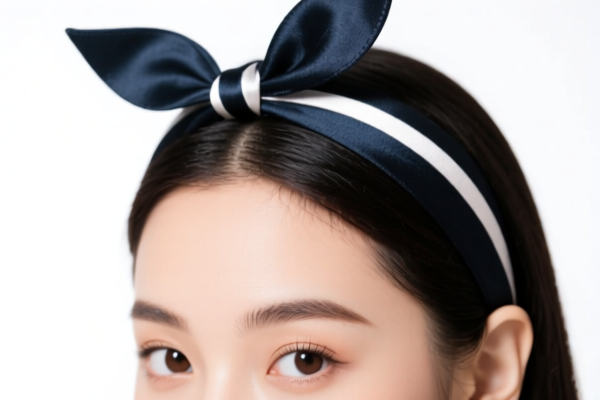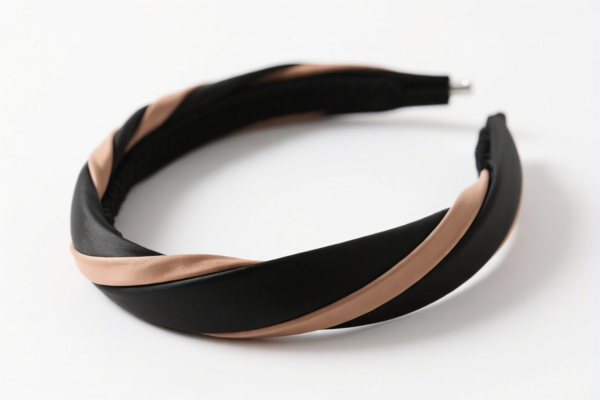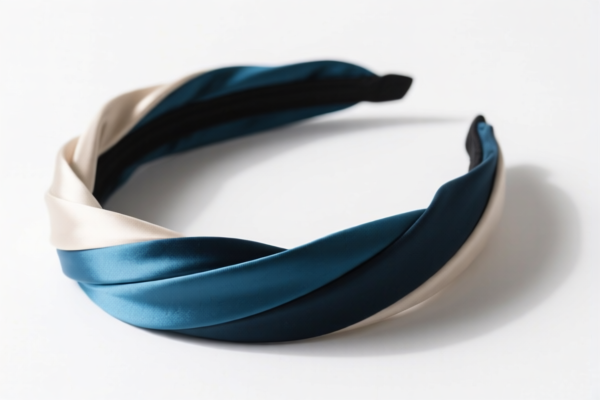Found 9 matching results
(CN → US)
| HS Code | Official Doc | Tariff Rate | Origin | Destination | Effective Date |
|---|---|---|---|---|---|
| 6815910011 | Doc | 55.0% | CN | US | 2025-05-12 |
| 6815910071 | Doc | 55.0% | CN | US | 2025-05-12 |
| 6814900000 | Doc | 57.6% | CN | US | 2025-05-12 |
| 6814100000 | Doc | 57.7% | CN | US | 2025-05-12 |
| 6507000000 | Doc | 55.0% | CN | US | 2025-05-12 |
| 3926903300 | Doc | 36.5% | CN | US | 2025-05-12 |
| 3926909905 | Doc | 42.8% | CN | US | 2025-05-12 |
| 3916903000 | Doc | 61.5% | CN | US | 2025-05-12 |
| 3916905000 | Doc | 60.8% | CN | US | 2025-05-12 |




Headband
A headband is a band of material worn around the head. They serve a variety of purposes ranging from practical to decorative.
Material
Headbands are constructed from a diverse range of materials, influencing their function and style. Common materials include:
- Plastic: Often used for simple, functional headbands, particularly for sports.
- Metal: Frequently found in more decorative headbands, offering durability and the ability to hold intricate designs. Alloys like steel, brass, and aluminum are common.
- Fabric: A wide variety of fabrics are used, including cotton, nylon, spandex, velvet, and silk. Fabric headbands can range from everyday wear to formal occasions.
- Leather: Offers durability and a classic aesthetic, often used in fashion headbands.
- Elastics: Commonly used in athletic and functional headbands for a secure fit.
- Beads, Jewels, and Sequins: Used for decorative purposes, often attached to fabric or metal bases.
Purpose & Function
Headbands serve multiple functions:
- Hair Management: The most common function, keeping hair out of the face during activities like sports, work, or eating.
- Fashion Accessory: Used as a decorative element to complement an outfit.
- Sports Performance: Absorb sweat, maintain visibility, and provide a secure fit during athletic activities.
- Medical: Used to secure bandages or to provide compression.
- Hearing Protection: Some specialized headbands incorporate ear coverings for noise reduction.
Usage Scenarios
- Sports & Exercise: Running, tennis, basketball, yoga, hiking.
- Everyday Wear: Keeping hair back during daily activities, as a fashion statement.
- Formal Occasions: Decorative headbands for parties, weddings, or other special events.
- Work: Keeping hair out of the face in professions like healthcare or food service.
- Medical Applications: Securing dressings, post-surgical support.
Common Types
- Athletic Headbands: Typically made of elastic or moisture-wicking fabric, designed for comfort and performance during sports. Often wider than fashion headbands.
- Fashion Headbands: A broad category including:
- Thin Headbands: Simple, often metal or plastic, used to keep hair back.
- Knotted Headbands: Fabric headbands with a decorative knot.
- Turban Headbands: Wider fabric headbands designed to resemble a turban.
- Beaded Headbands: Decorated with beads, jewels, or sequins.
- Floral Headbands: Decorated with artificial or real flowers.
- Sweatbands: Specifically designed to absorb sweat, often used during intense physical activity.
- Headphones Headbands: Integrate headphones for music listening.
- Head Massagers Headbands: Incorporate massage nodes for relaxation.
- Hearing Protection Headbands: Designed to reduce noise levels, often used in industrial or construction settings.
Headbands fall under the classification of headgear components.
Here are the relevant HS codes based on the provided reference material:
- 6507000000: Headbands, linings, covers, hat foundations, hat frames, peaks (visors) and chin straps, for headgear.
- 65: Hats and other headgear, knitted or crocheted or made up from textile fabric.
- 07: Other headgear, and parts thereof.
- 000000: This specifies the complete HS code for headbands, linings, covers, hat foundations, hat frames, peaks (visors) and chin straps, for headgear.
According to the provided reference material, the total tax rate for HS code 6507000000 is 55.0%, comprised of a 0.0% basic tariff and a 25.0% additional tariff. This additional tariff is scheduled to increase to 30.0% after April 2, 2025.
Customer Reviews
No reviews yet.